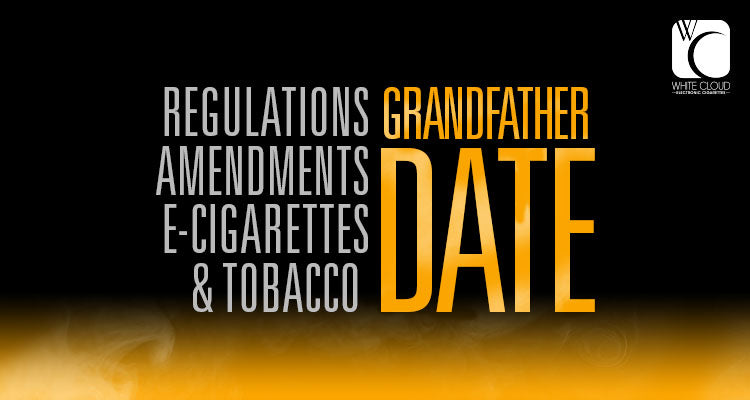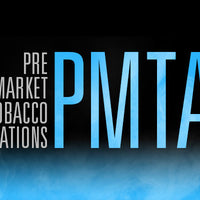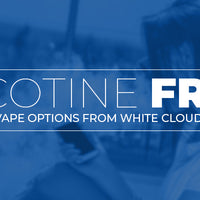One of the most controversial stipulations included in the FDA’s Deeming Regulations is the grandfather date, which was set with the passing of the Tobacco Control Act of 2009. The grandfather date exempts tobacco products from the premarket tobacco application process if they were on the market prior to February 15, 2007. Since vapor products are now regulated as tobacco products, they are also subject to the grandfather date. The main issue is about 99 percent of vapor products currently on the market did not exist prior to February 15, 2007. Therefore, virtually all vapor products could suddenly disappear from the market unless their FDA applications are fully approved, a process that would take several months if not years.
Understanding the FDA’s Grandfather Date
The grandfather date was one of the top questions our guest speakers received during our DeMISTified webinar series. Below you will find the questions with answers from the industry experts.
The 2007 grandfather date seems to only benefit the big tobacco companies. How did the FDA come to choose this date?
The Tobacco Control Act was introduced several times to Congress: back in 2004, 2005, 2007 and 2009. Each time it was reintroduced, the grandfather date was moved, with the one exception being in 2009. When the bill was reintroduced in 2009, the grandfather date was not moved from 2007. Since the vapor industry now falls under the Tobacco Control Act, it is also tied to that grandfather date.
Is there any chance that the vapor industry could be regulated separately from the tobacco industry?
While this would have been the better way to address the regulatory process for vapor products, regulating the vaping industry separately from the tobacco industry would involve an entirely different strategy. For the time being, it is important to work on the immediate strategies available to us, such as supporting amendments to the FDA’s set regulations, before considering a whole new tactic.
There are two different vehicles to move the grandfather date, the Cole/Bishop Amendment and HR 2058. What are the differences between the two?
The Cole/Bishop Amendment and House Bill 2058 are two pieces of pending legislation that would move the grandfather date to the effective date of the FDA’s Deeming Regulations of August 8, 2016. Both pieces of legislation were introduced by Representative Tom Cole from Wisconsin.
Tom Cole first introduced HR 2058 back in May of 2015. Since there had been no movement on the legislation, Rep. Cole went ahead and proposed another piece of legislation: the Cole/Biship Amendment. Tom Cole believes this amendment acknowledges the need for common sense regulation and has a clearer pathway and strategy for being passed than HR 2058. And so far, the movement on the amendment has been positive: with a 31-19 vote, the amendment passed the House Appropriations Committee on April 19, 2016.
Related: Cole/Biship Vote Marks First Possible Win for Vaping Industry
While the Cole/Bishop has had more movement, HR 2058 is still steadily gaining cosponsors and became a bipartisan bill in June of this year when Representative Colin Peterson [D-MN-7] became the first democrat in the house to put his signature on the bill. Therefore, there is still a callout to support HR 2058 on CASAA’s website where vapers can also send thank you letters to the cosponsors.
The first stages of regulation took effect in August of 2016. What were those initial requirements?
The Deeming Regulations took effect on August 8th, 2016. Included in this first wave of requirements was a prohibition on sales to minors, a ban on unapproved modified risk claims, and a ban on vending machine sales in non age-restricted areas. Of course, there are more requirements than just these few mentioned. For the full list of regulations, please consult the FDA’s website.
We at White Cloud utilized our resources to meet the requirements of the August 8, 2016 deadline. If you have any questions or comments regarding the changes to White Cloud, please contact our support team.






